
Corrosion Conference Paper
Abstract
This paper explains the need for an international standard electrical potential that can be used as a reference for all cathodic protection and corrosion control work throughout the world. This must be in a fixed position and it must relate to other fixed position potentials to allow proper studies to be made of world electrical flux that is an essential component of all corrosion studies.
Introduction
All corrosion science is based on understanding of the electro-chemical reaction that disolves metal and the thermodynamic models that explain the basic physics in which the natural laws are defined.
These laws are continuously redefined as more information and data becomes available for more scientists to evaluate and codify.
We now have sufficient knowledge to move into a new era of understanding of the science of Cathodic Protection.
The basic laws of physics are not opinions or debatable. They are codified on evidence obtained by repeated observation that can be witnessed and recorded by experiments or real life occurances.
There is little remaining dispute of the fundamentals of corrosion studies that include the diagram below and equations codified by scientists such as Nernst and Einstein.
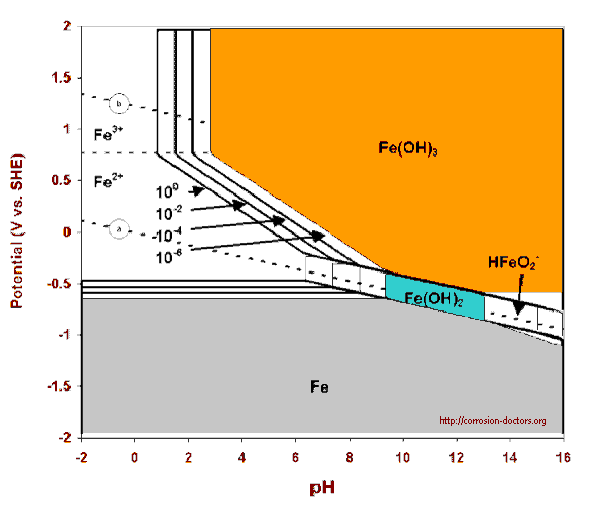
The present situation is that the known laws of physics cannot be used diagnostically in cathodic protection field work as we are not gathering data in a finite manner.
I have spent many years demonstrating this fact to the cathodic protection community globally and it has finally been accepted.
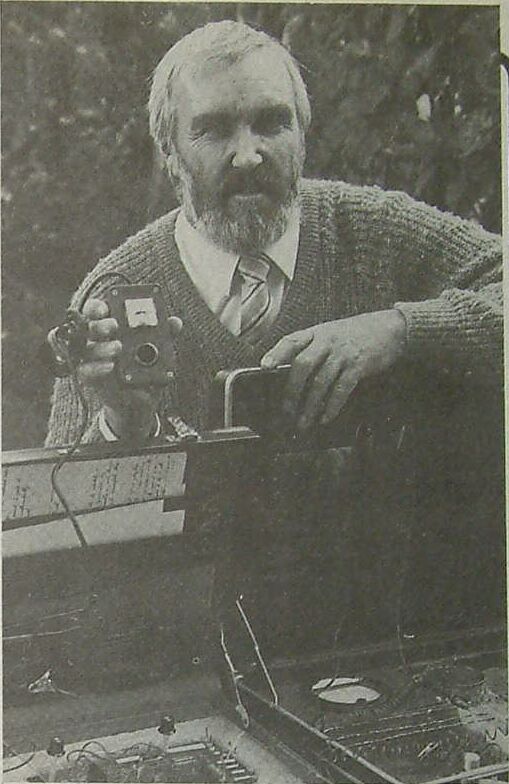
This is a picture of me taken by the local newspaper in the 1980's with one of the original demonstration models.
Presentation
Cathodic protection is extremely cost effective and is required by law in most countries of the world. Specialists have established themselves into powerful consulting positions in academic circles as well as operating companies but there is a worrying lack of concensus relating to a criterion that will guarantee that corrosion has been stopped.
The scientific and engineering communities are less than sure that cathodic protection is a science and often refer to it as something of a mystery or even an 'art'.
Further down the social scale it is commonly refered to as bullshit and a knowing smile says that it makes money so who cares? It seems that science is separated from reality.
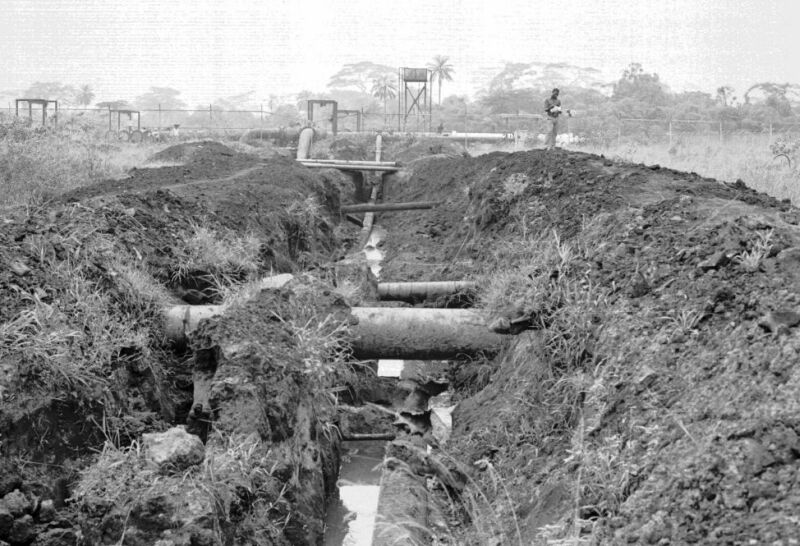
Reality
When pipelines fail due to corrosion there is often loss of life, loss of product, disruption to energy supplies and environmental damage followed by massive legal expense and financial damages on a national scale.

During this process those responsible for corrosion control come up with complex excuses for the failure of their advice, expressed in a way that confuses the scrutineer and the public, who quickly give up and address matters that are more easily understood.

It is for this and many other reasons that I set out on the course of action that has led to this paper.
Repeatedly demonstrating cathodic protection science to be correct.
Cathodic protection is the electrical control of the corrosion reaction
and it is therefore desireable to demonstrate this reaction in a way that can be observed and measured in less than four hours. Delegates to this conference can see for themselves that we are in compliance with the demands of scientific rational.
The demonstration on display at this conference shows 3 bright new nails between layers of damp cloth, connected to a dry cell battery that itself might be described as 'multiple corrosion cells in series'.
The charges at the positive pole of the battery equalise with the charges in the first nail that then becomes the anode of this corrosion circuit.
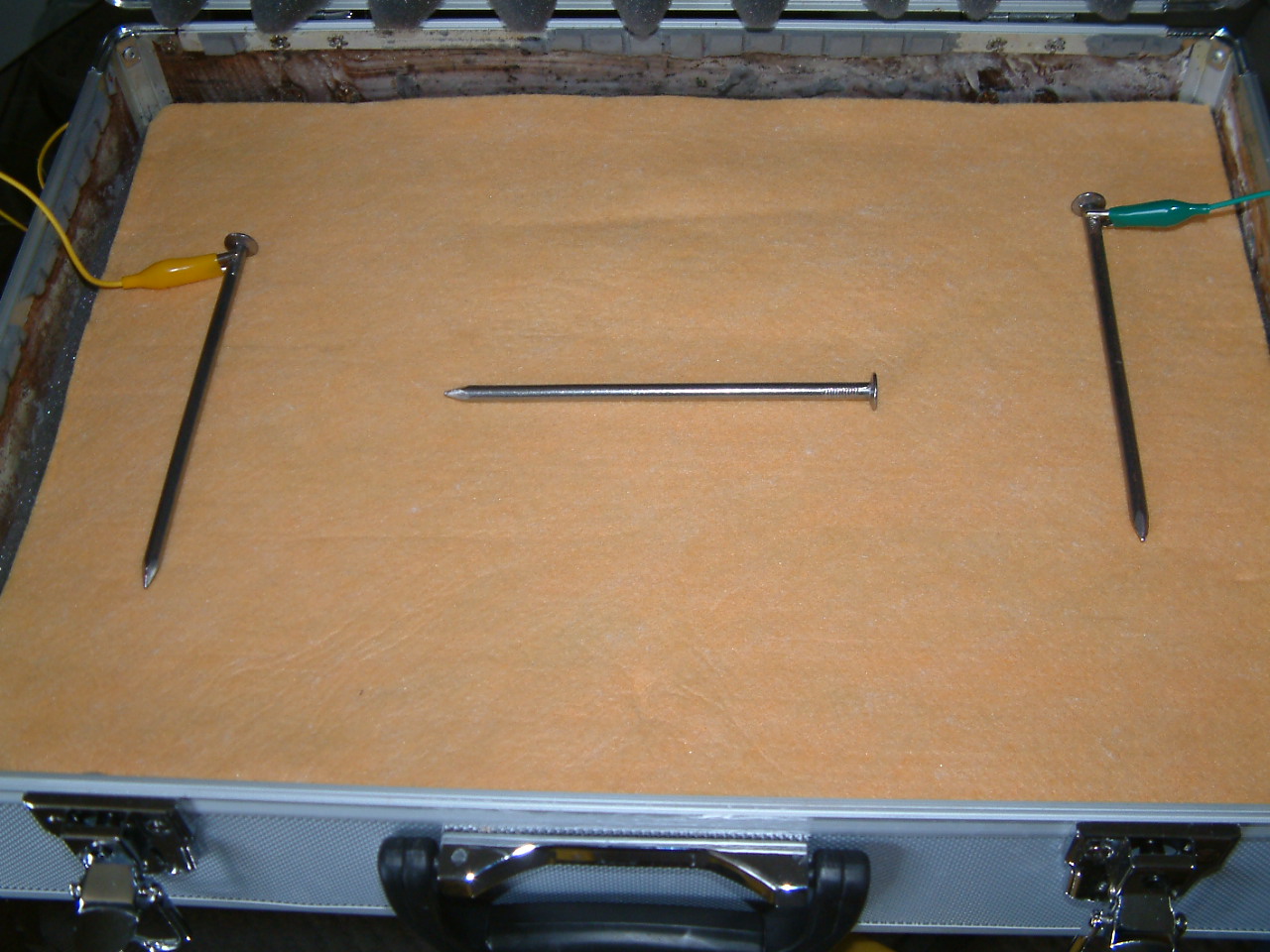
The damp cloth will become charged in this area in relation to the cloth surrounding the far nail
that is connected to the negative pole of the dry cell battery.
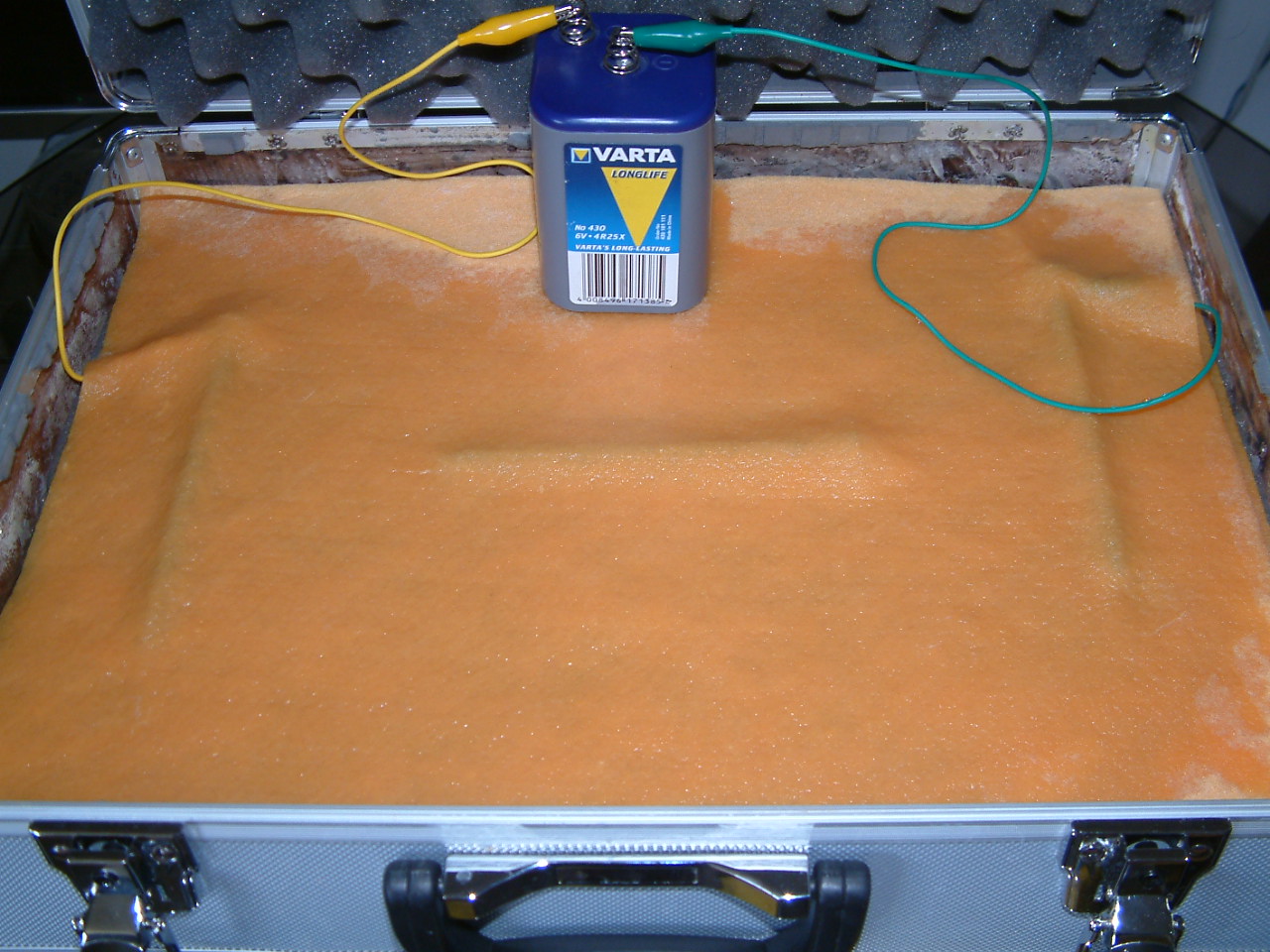
Electrical potentials equalise out as demanded by the laws of physics and the flow of charges is called current and is measured in amps.
The nail in the middle is a low resistance path for the charges to take and the point of entry to this nail becomes it's cathode and does not corrode.
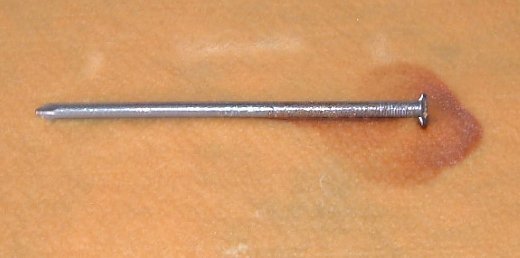
The whole of the center nail becomes charged to a single potential resulting in the end closest to the third nail having more charges than the cloth in which it is embedded.
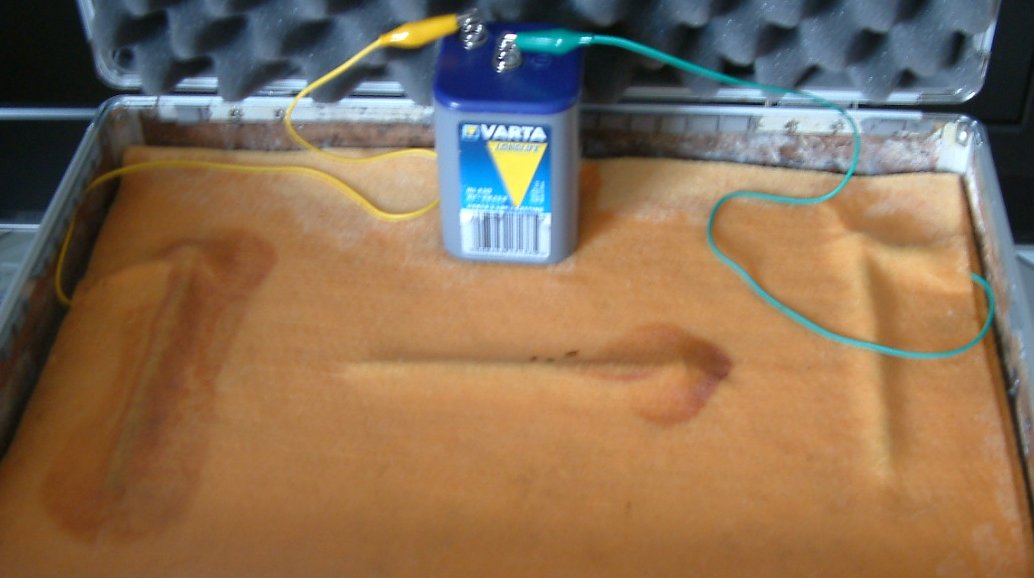
The charges pass into the cloth at this end and this area can be seen to corrode as it has become the anode on this centre nail.
It is very important that delegates know that this demonstration can repeatedly show that the basic laws of physics and electro chemistry are presently being missunderstood by most practitioners of cathodic protection.
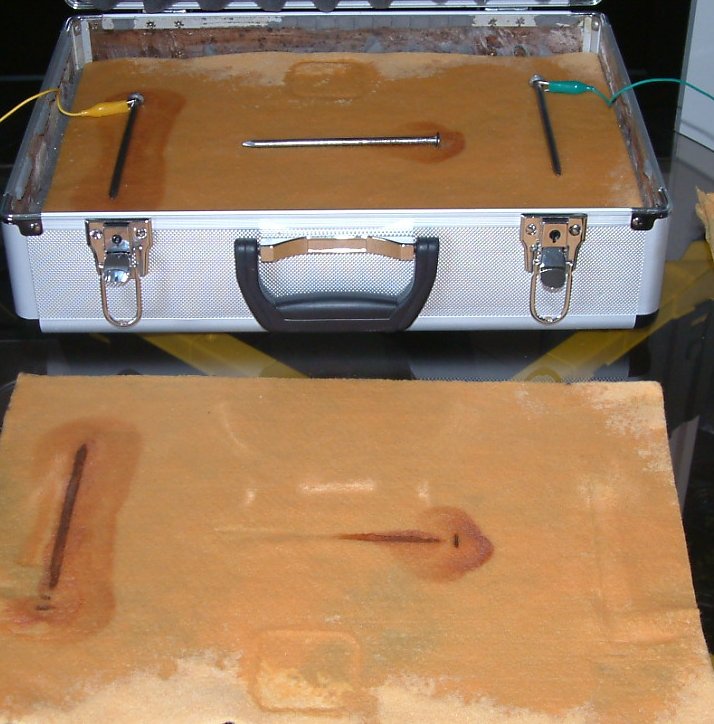
Using a digital voltmeter bought at any retail stockist in any country in the world it is possible to make measurements to confirm everything stated about this demonstration.
The probes supplied with the meter can be put in contact with the battery, the nails and the cloth at any chosen point and I invite delegates to try this for themselves.
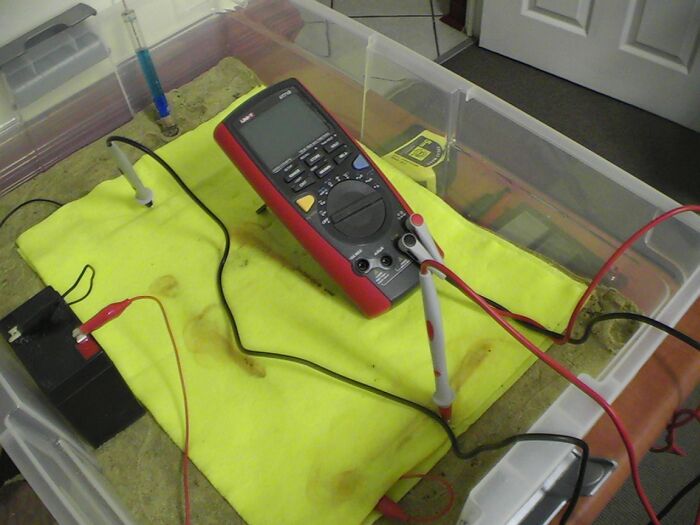
We are dealing with an electrical circuit in which the source of charge exchange can be the corrosion reaction itself that we wish to control.
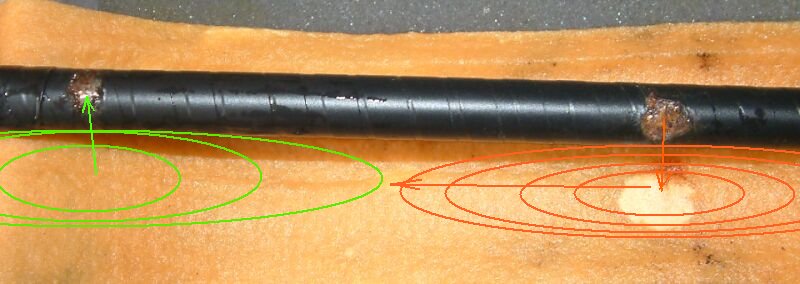
This source, and the charges it generates, are part of a greater circuit represented by metalic conductors such as pipelines and structures that are embedded in the ground and that in itself is the electrolyte of many other corrosion reactions.
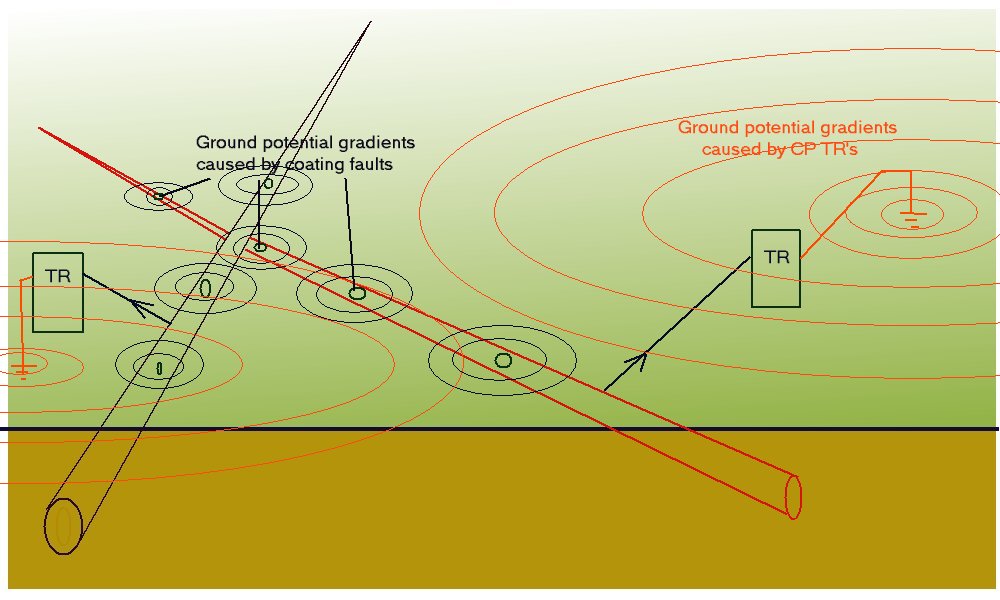
We therefore have no option but to address the complexity of electronic corrosion control from a global viewpoint.
A single pipeline cannot be isolated from other pipelines in the same area as no coating can be perfectly applied and maintained. Railways and other structures are conductors in the area through which the pipeline passes and charges will equalise throughout the conductive paths according to the laws of physics that are known by all electricians globally.

I drew this equivalent circuit of the pipeline network in Nigeria in 1977 to enable me to use a pocket calculator to analyse cathodic protection and corrosion current paths.
In the 1980's I built a physical model of a pipeline cathodic protection system in order to experiment with theories that I was studying at that time. A similar model is on display as part of this presentation.
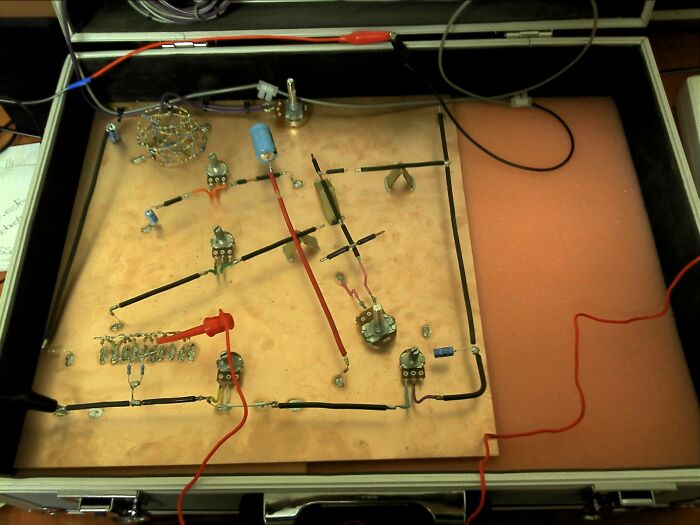
I was also able to model features of measurable cathodic protection on computer and these are also available to delegates of this conference.
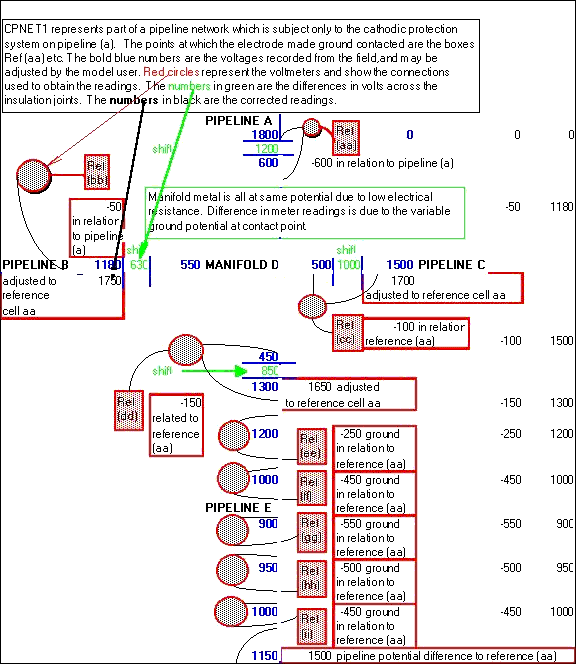
This part of the software establishes a common reference for the whole of this particular pipeline area by relating each electrode to each other electrode.
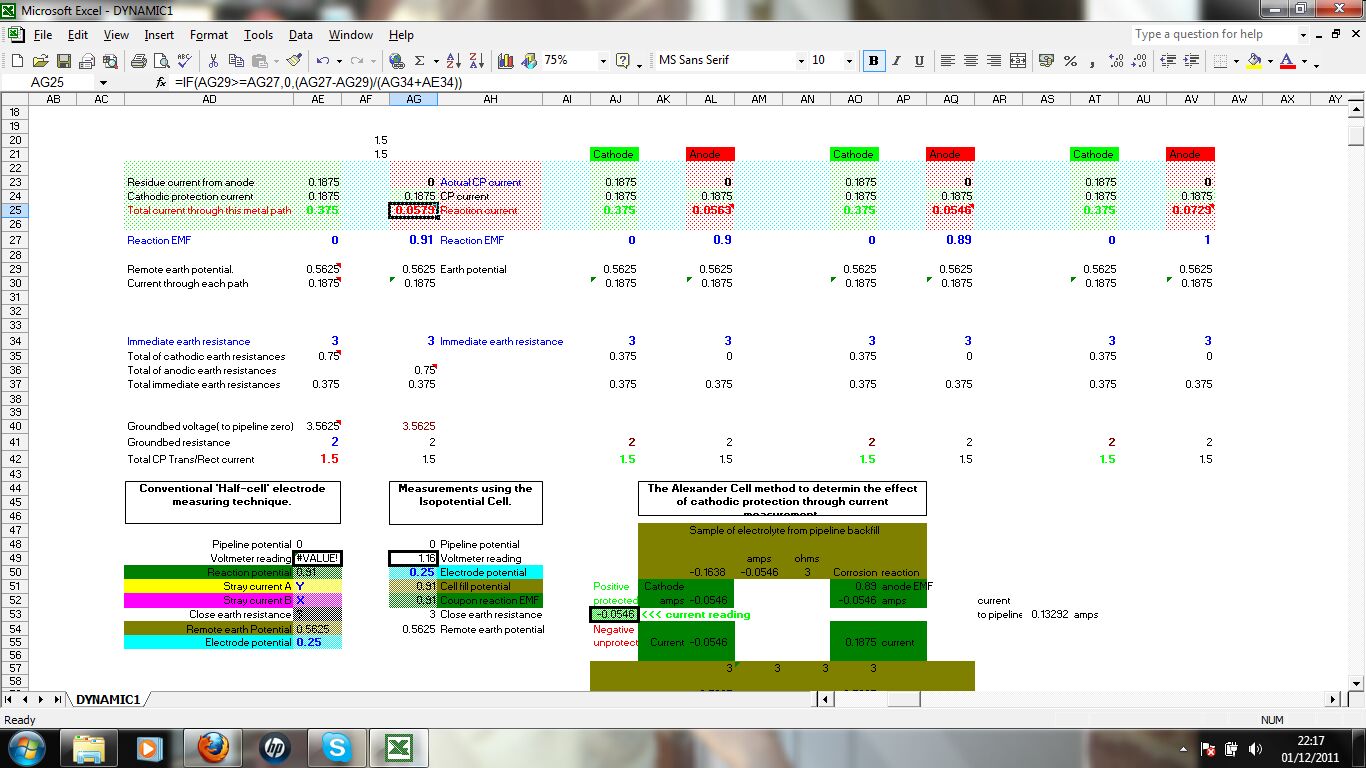
This is a model of a corrsion cell that is subject to three different methods of measurement to obtain data.
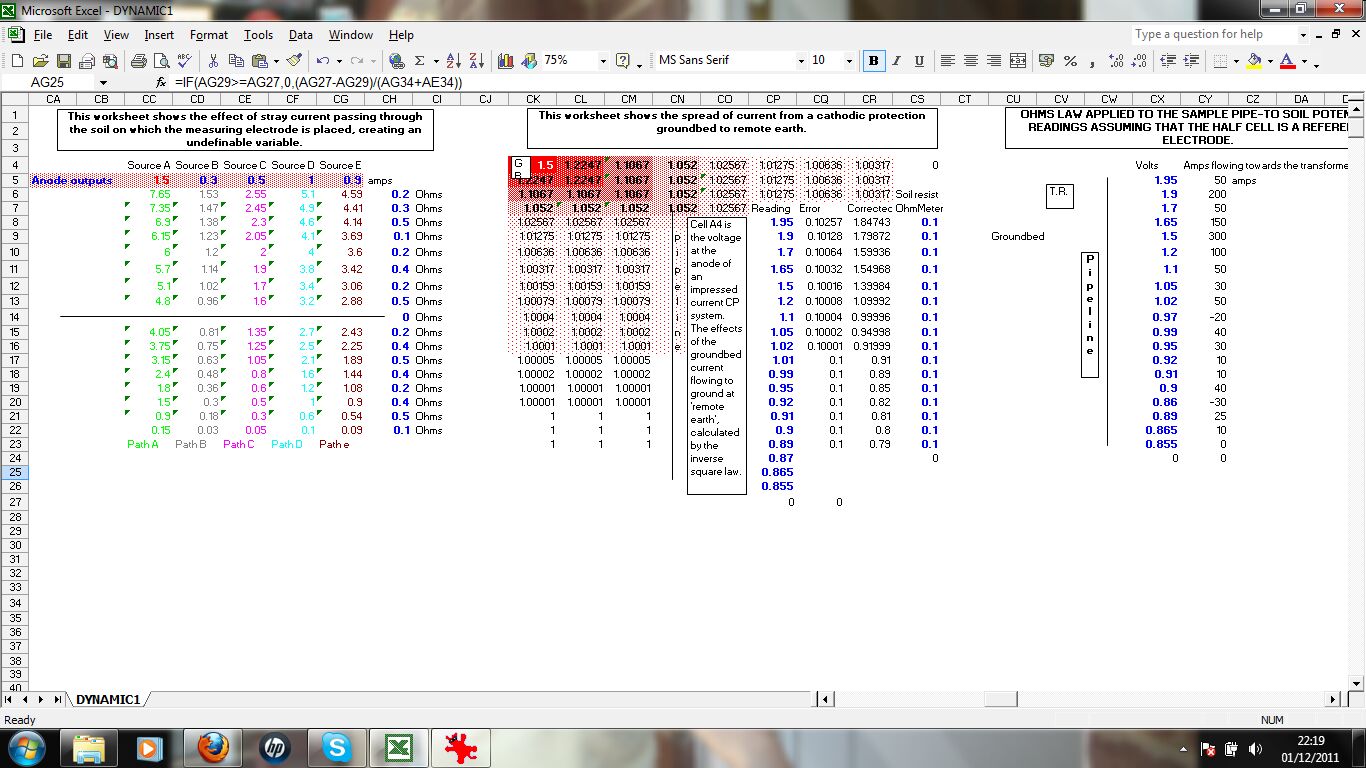
This section calculates the effects of stray currents, the distribution of charges from an impressed current anode and the effects of ohms law on the distribution of charges resulting from the resistance of the pipline metal itself.
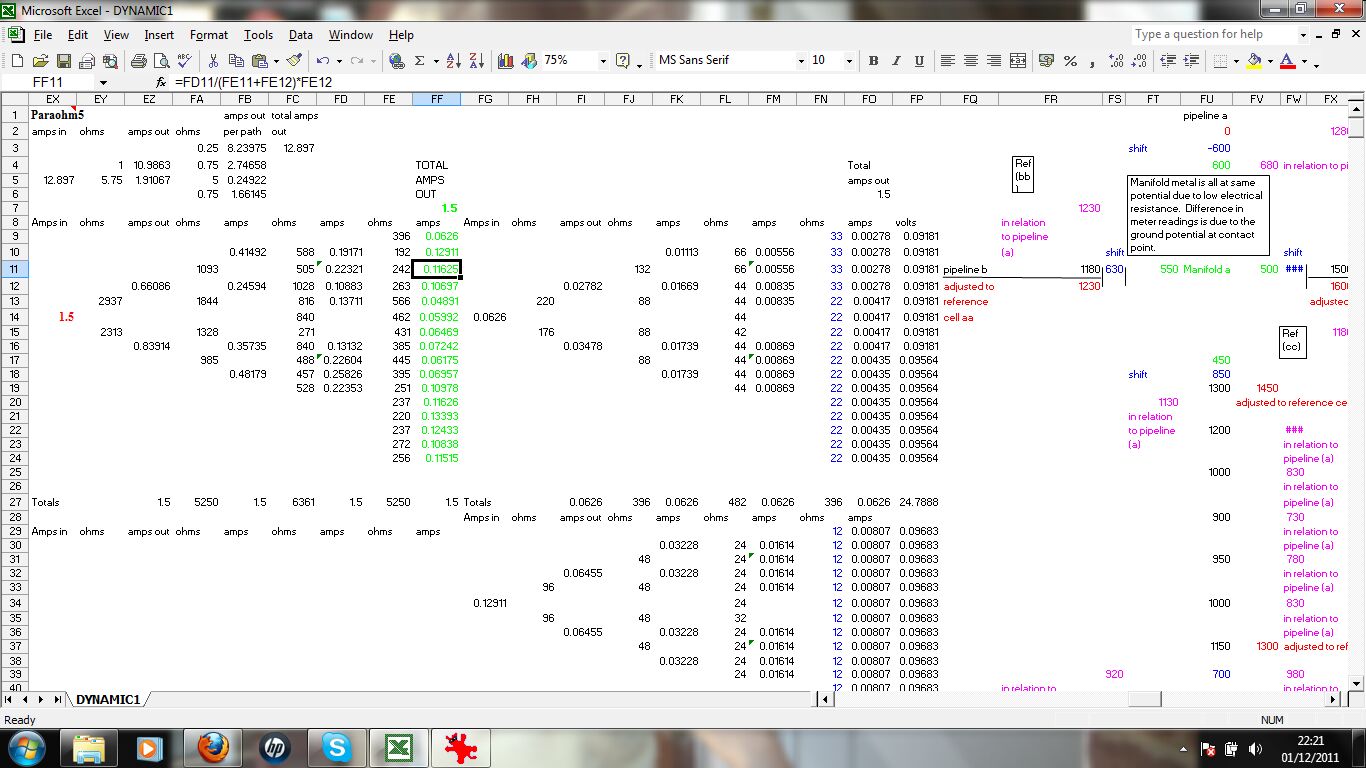
This calculates the charges dispersing from the impressed current anode to remote earth and the effect of ground resistance to their ingress at a coating fault.
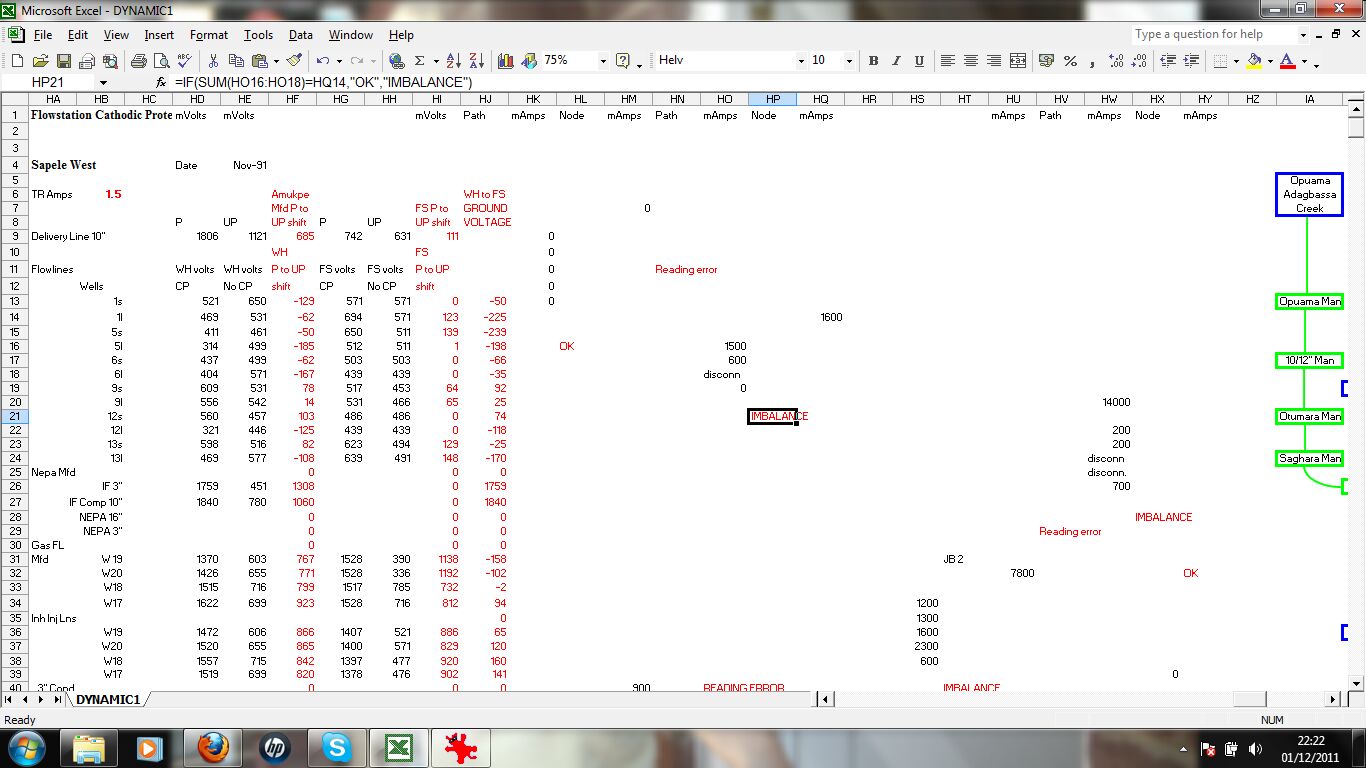
This checks the validity of data passing through the system by applying Ohms law and Kirchoffs laws at nodes in the circuit.
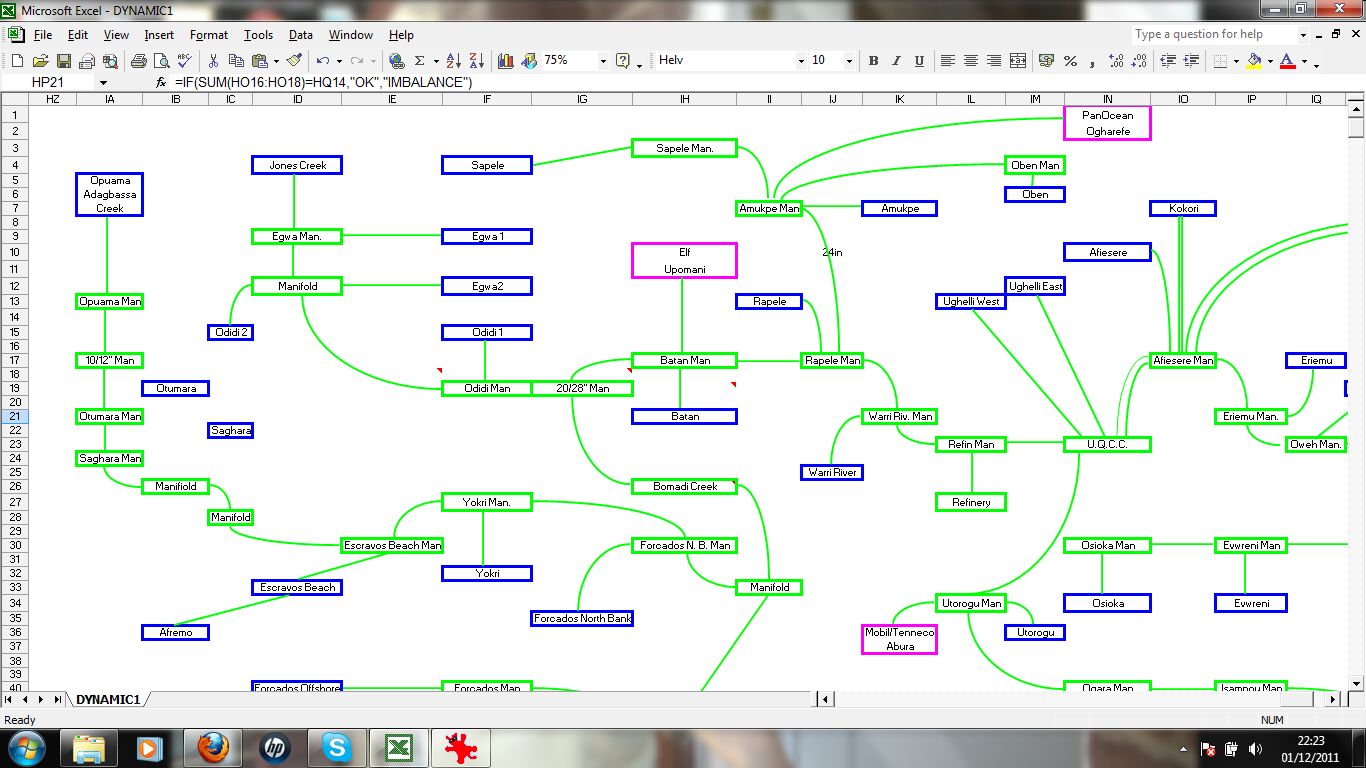
This displays the results schematically for an overview.
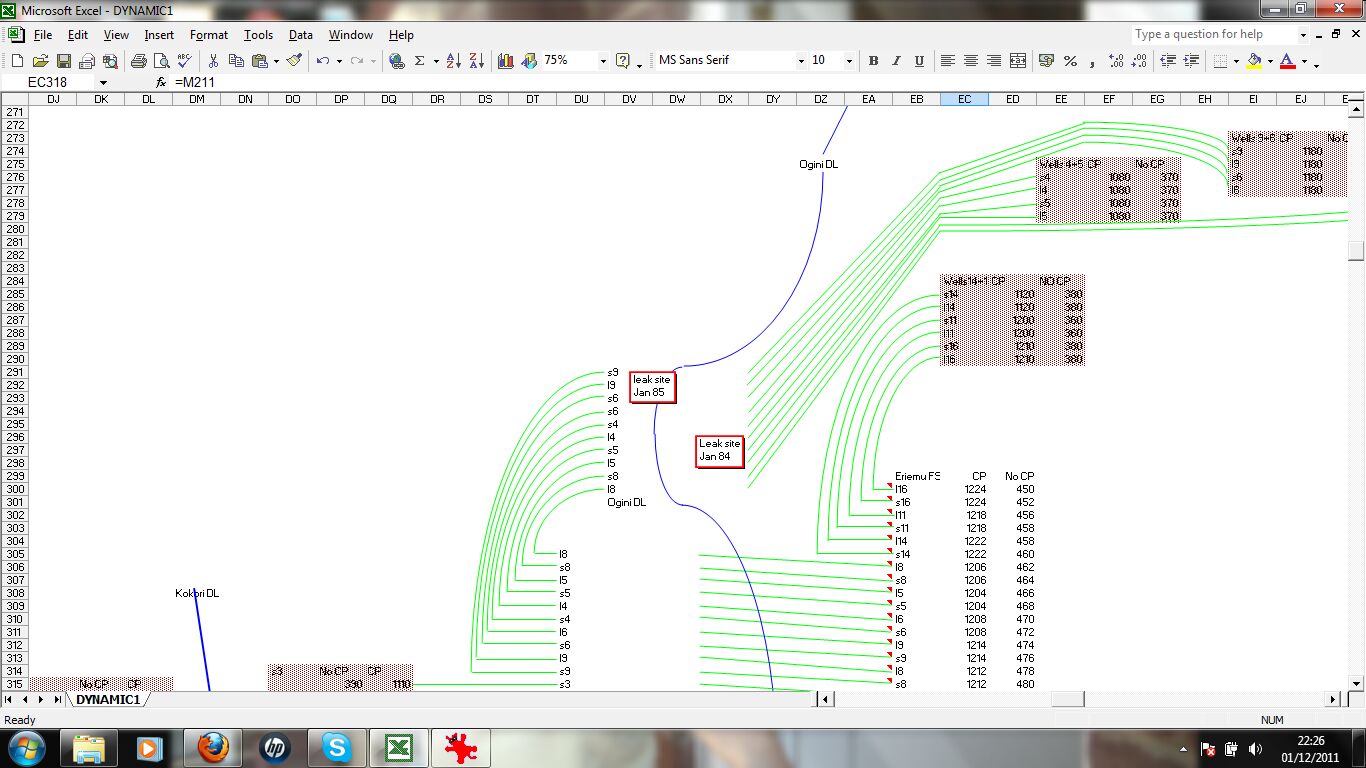
This zooms in to a schematic of a particular pipeline area, in this case wells and flowlines to a manifold.
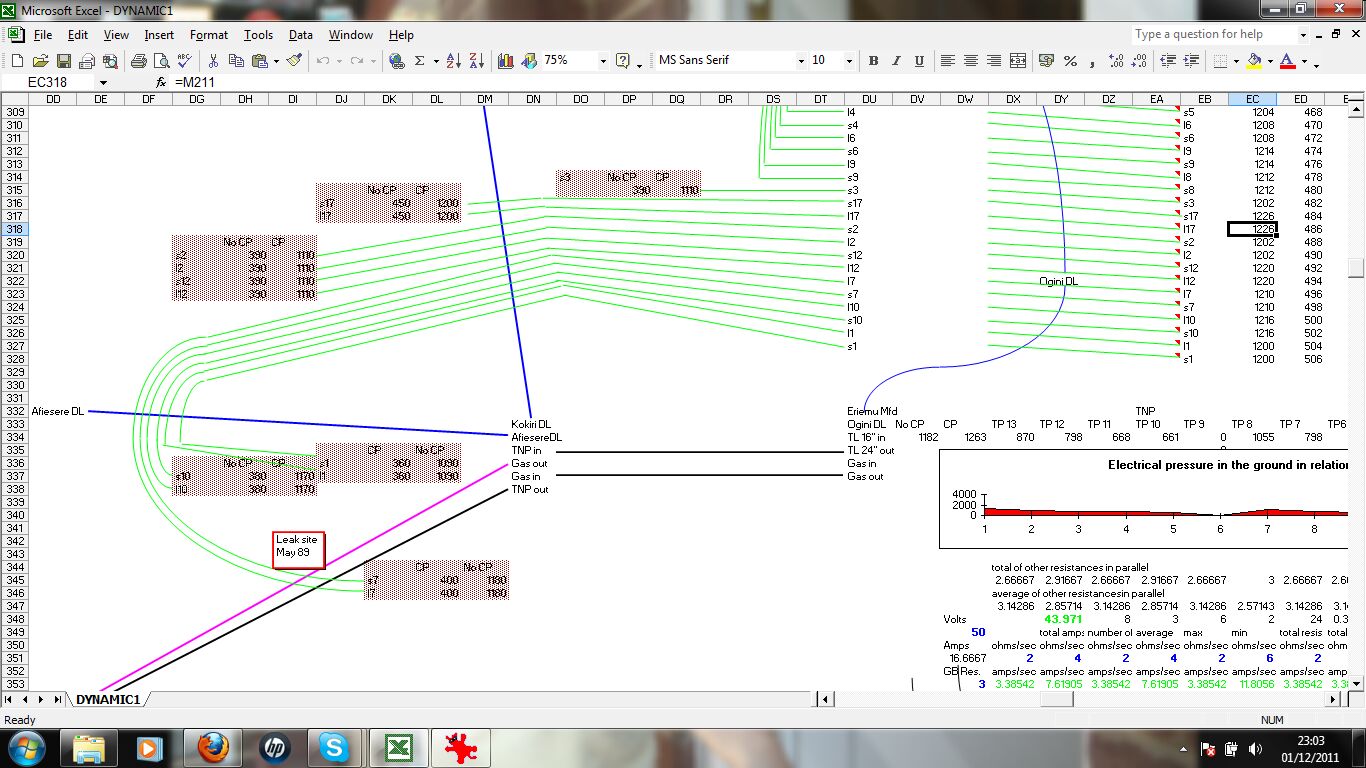
This displays a combination of the calculations relating to the distribution of charges and direction of currents resulting from the cathodic protection systems and interference.
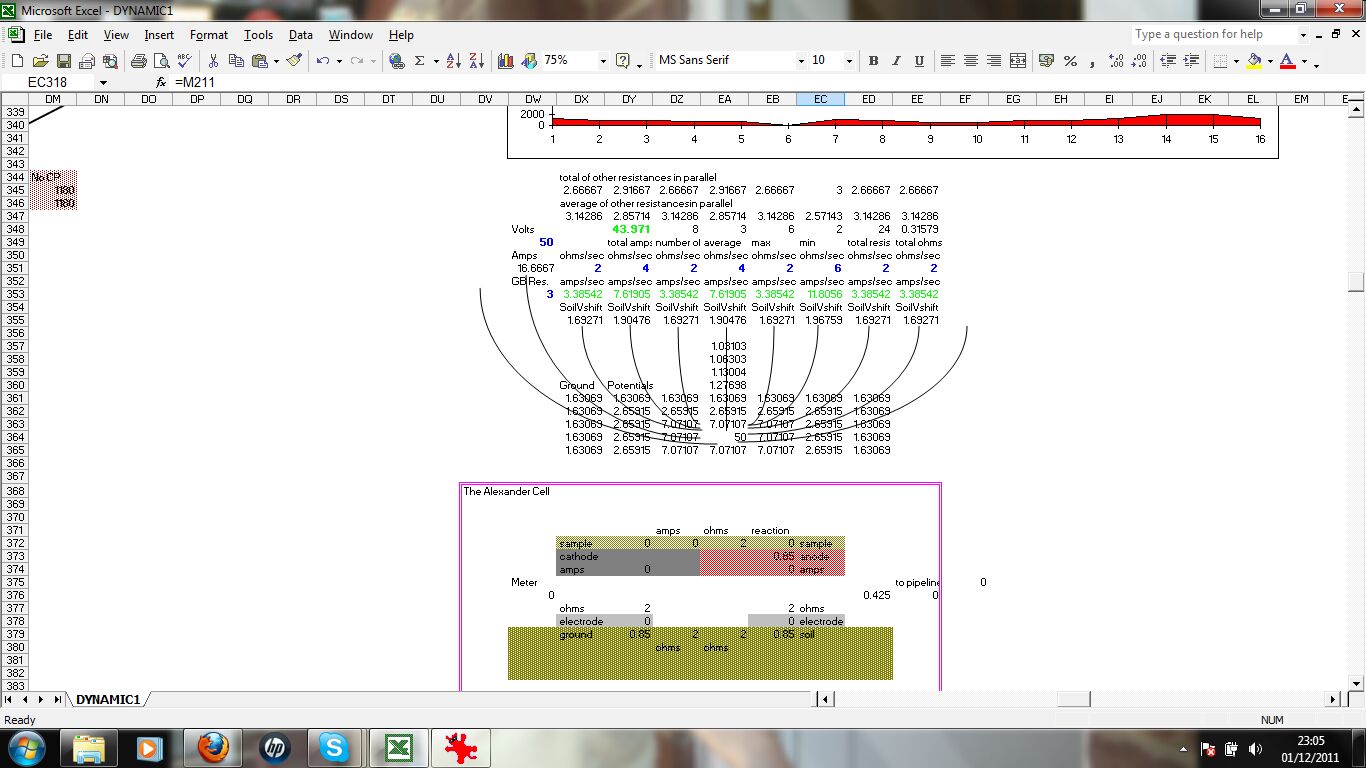
This shows the formulae and calculations from individual corrosion cells as affected by the overall electrical flux from properly gathered data and information.
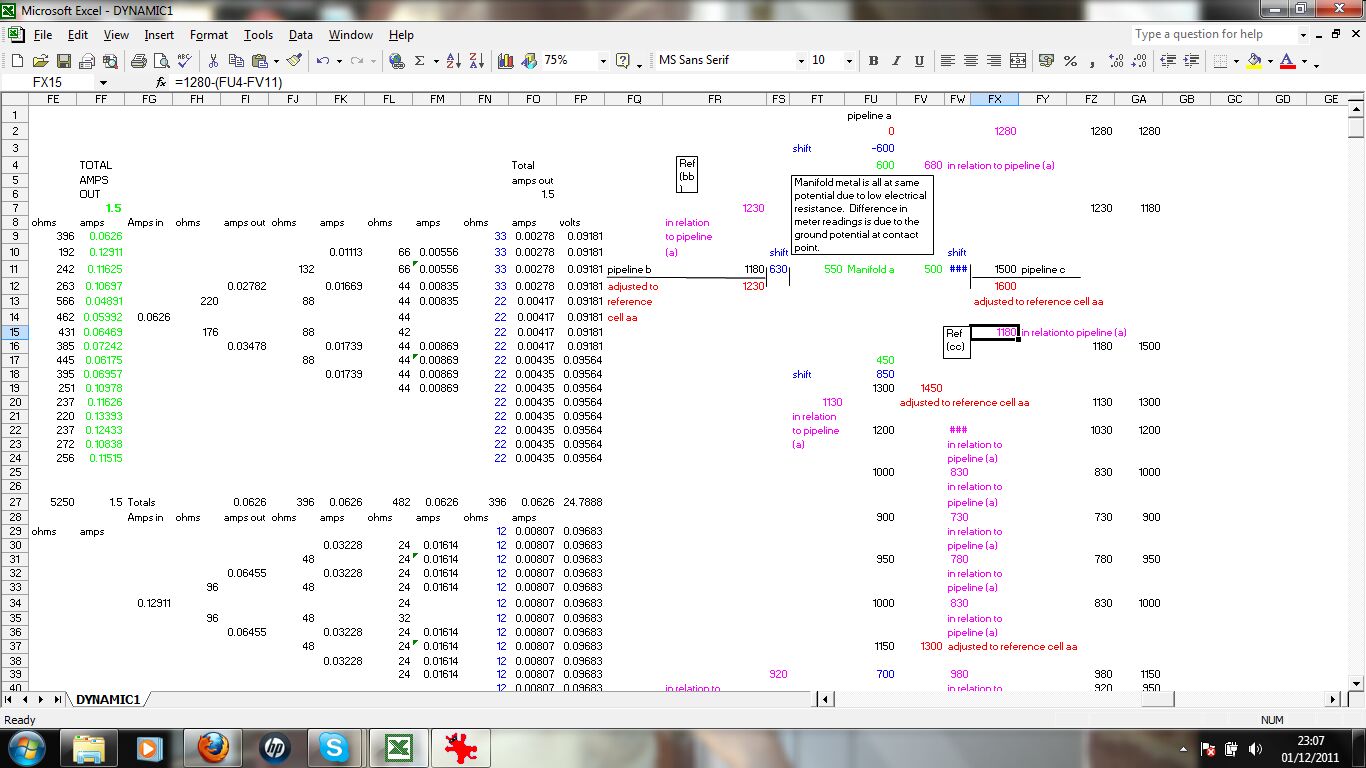
This calculates the equilibrium between the corrosion reaction EMF and the potential available in the ground along the pipeline.
These studies, when practiced in field conditions, proved that the whole of Nigeria is one integrated circuit and that adjustment of a single cathodic protection transformer rectifier alters the equilibrium between metal and electrolyte throughout Nigeria.

I have no reason to believe that man made borders restrict the rule of natural laws when pipelines, railways and other conductive paths reach equilibrium in other territories.
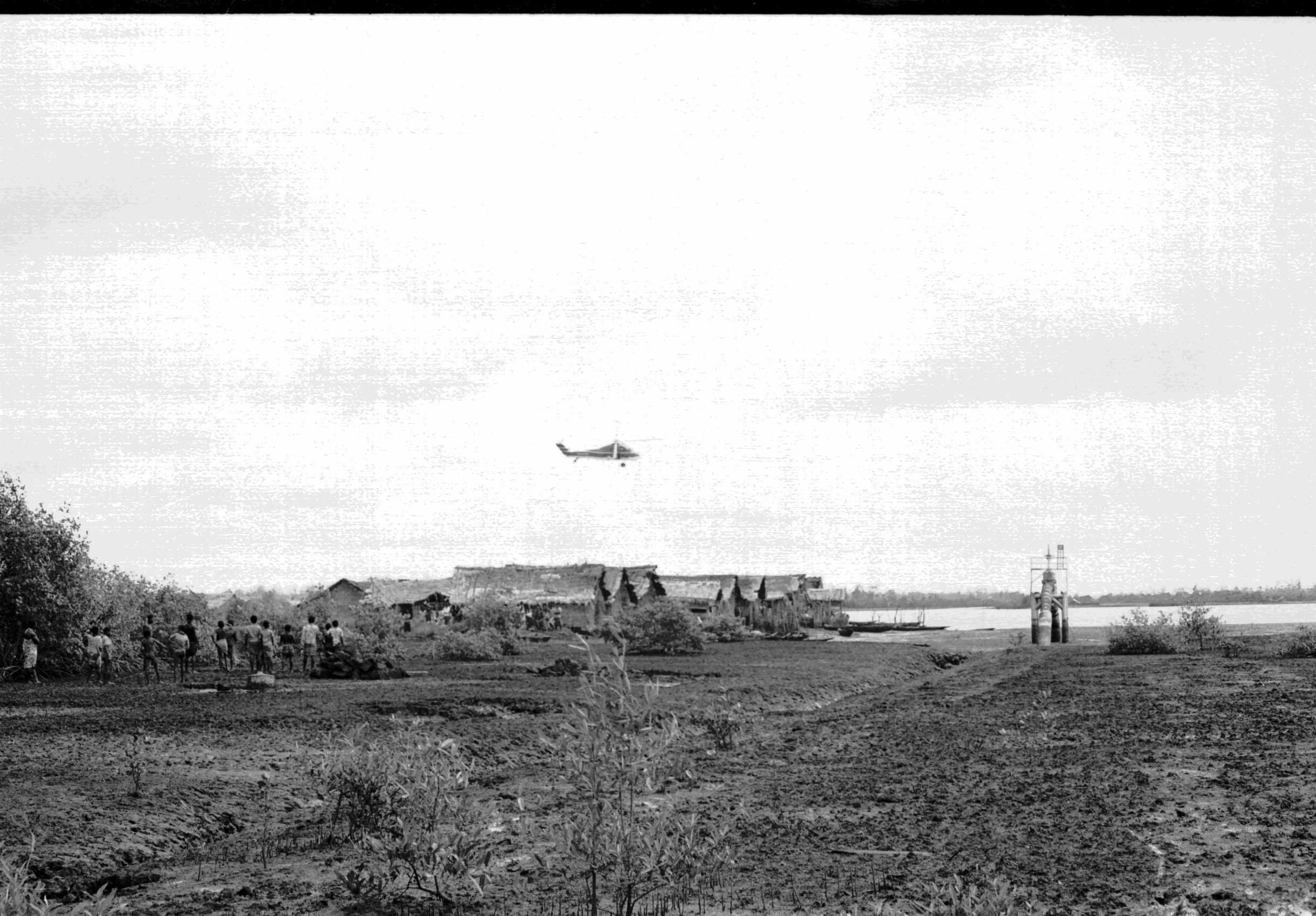
Case studies have shown that 'interference currents' cause accelerated corrosion and also cathodically protect unintended parts of 'foreign' metalic structures.
Understanding interference can be achieved by circuit analysis similar to that which is an essential part of the modern electronics industry.
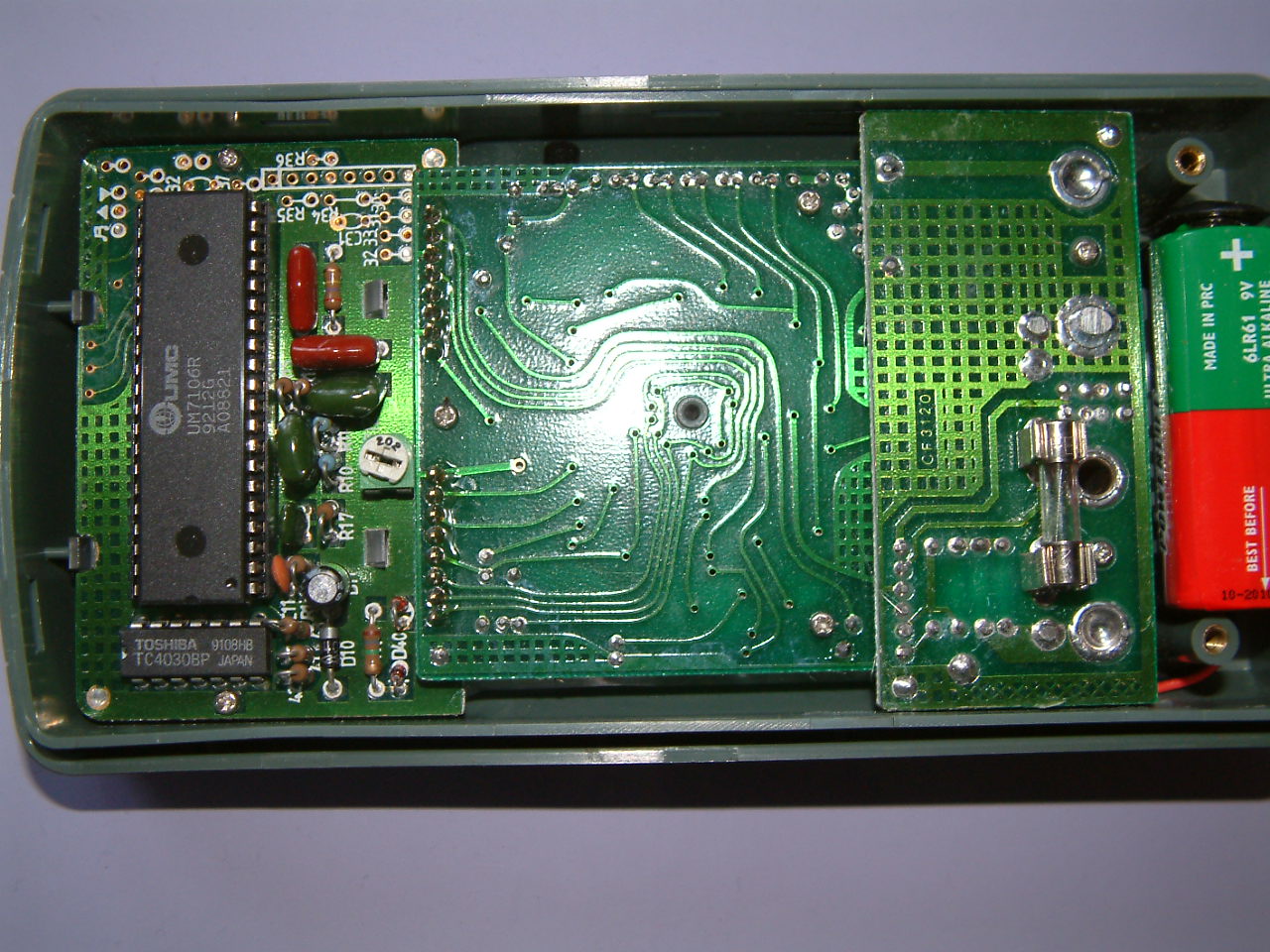
Circuit design and control demand that there is an agreed zero potential on which we can base our rational and mathmatics.
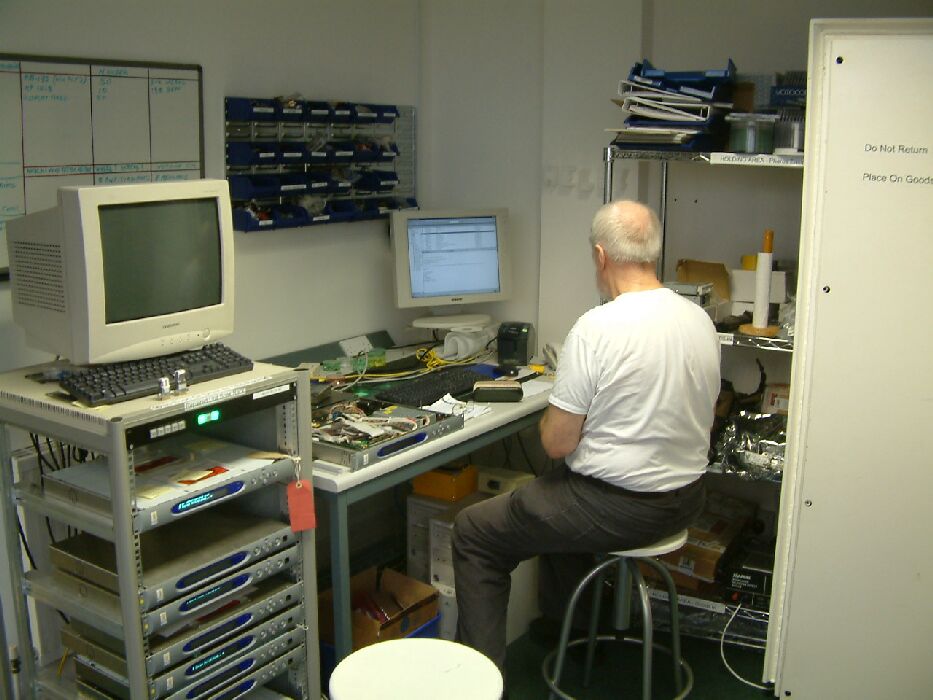
This picture shows me making computers and circuit boards.
I have proposed the need for a common zero for the purposes of cathodic protection design, commissioning and control and this has been accepted in Brazil, Iran and South Africa. other countries are now being invited to address this matter.
The proposal is that this paper establishes a single potential in the ground that can be used in the same way that GMT is conventionally used in relation to matters of the passage of time.
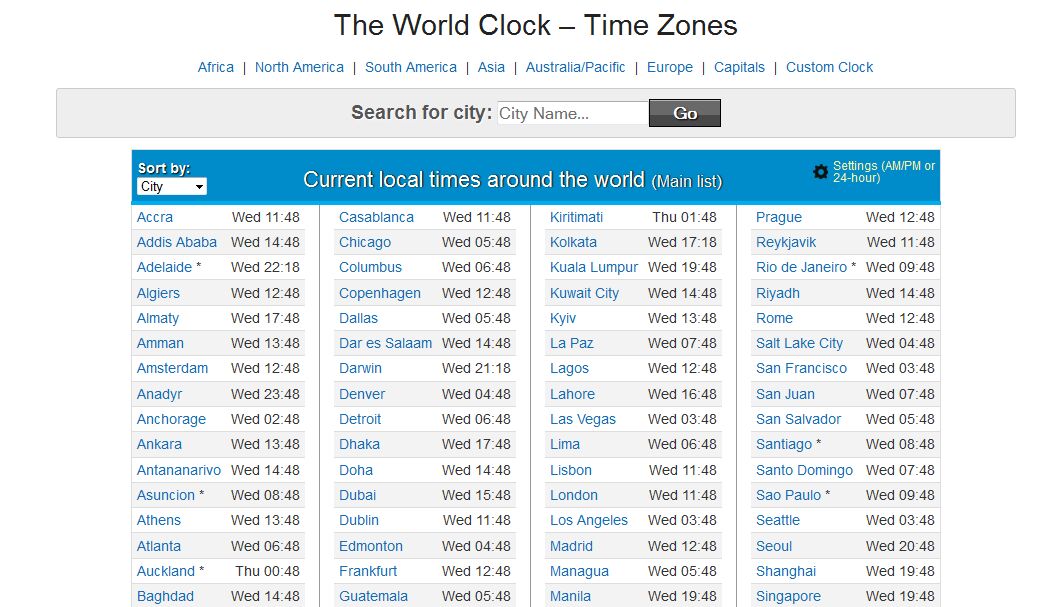
At present the common potential that is used for reference purposes can only be used in closed circuit conditions.
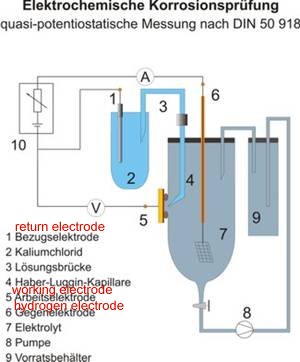
The traditional usage of the Cu/CuSO4 electrode is attempting to measure a voltage in a measuring circuit that includes multiple variable potentials that cannot be individually evaluated.

The software that I have developed can relate each potential to each other potential measured correctly in the same area. In order to evaluate the interference between all systems we need to include data and information from neighbouring systems and to do this we need a convention similar to that established by the railway systems in the UK
and the sailors of the world in relation to the international time line.

This work is requiring the co-operation of international organisations and multinational companies.
Cathodic Protection Network is a trust with intellectual property assets that are 'open source' to allow free exchange and growth of ideas.
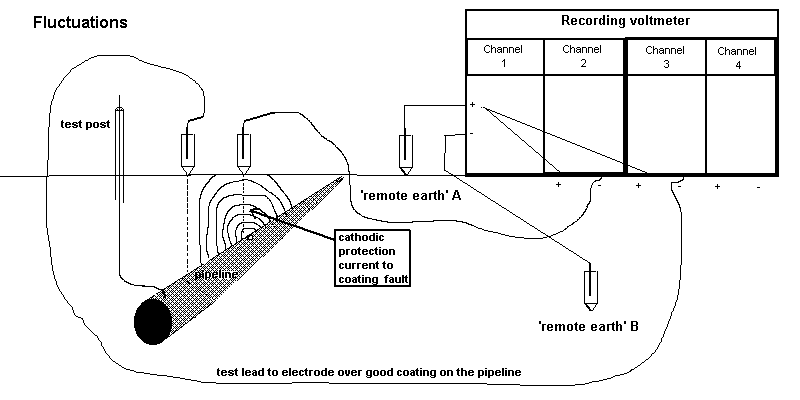
All interested parties are allowed to develop their own commercial activities but any claim to scientific validity using CPN Intellectual Property will only be validated upon proof that the practice can be repeatedly demonstrated by case study with true data. Personal competence will only be certified because of demonstration of competence, knowledge and understanding.
This is not rocket science so we will not miss the target because one member is using yards instead of meters.



































